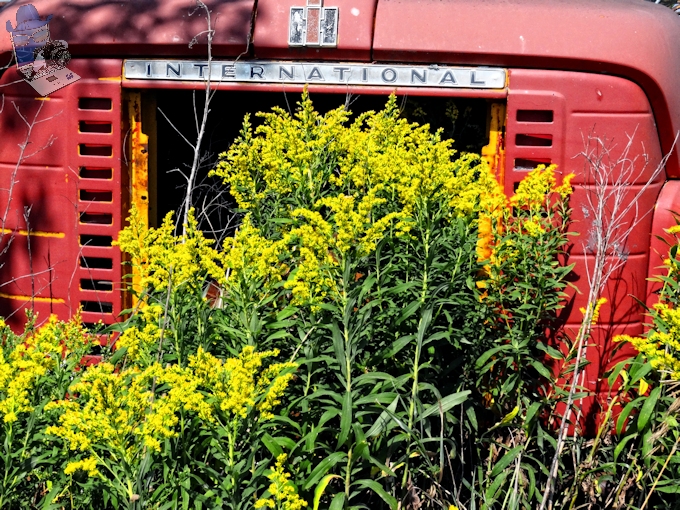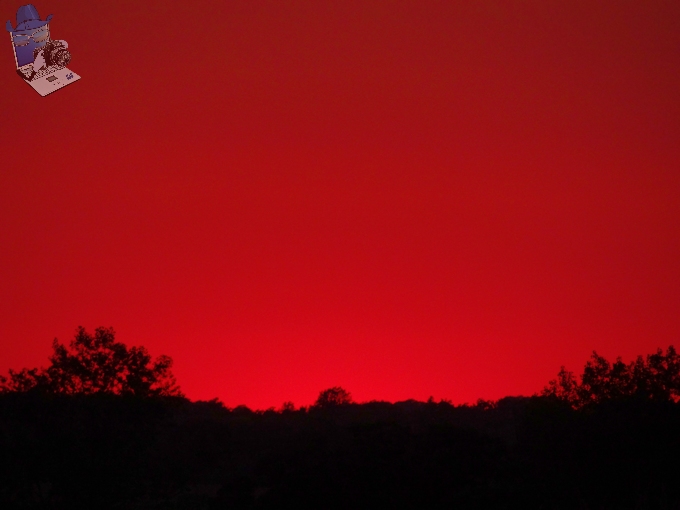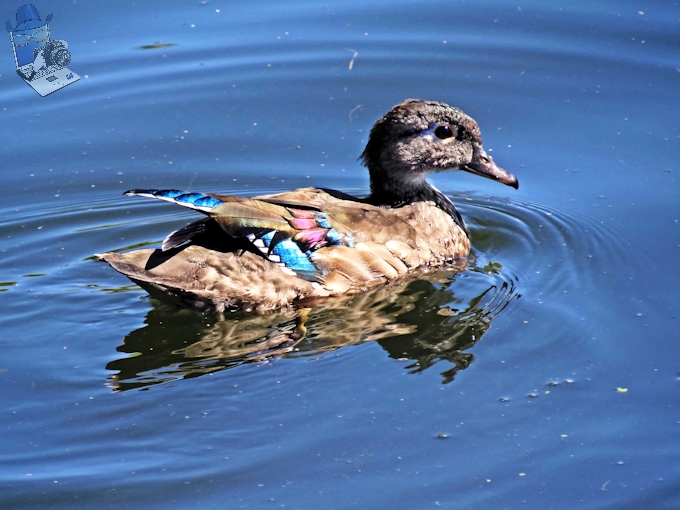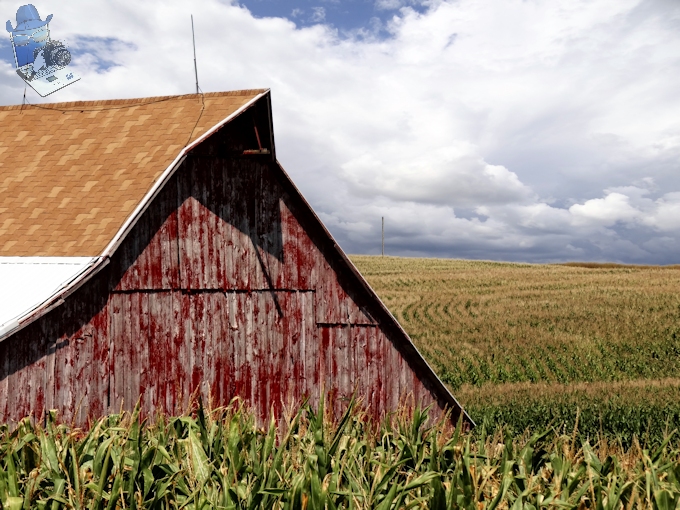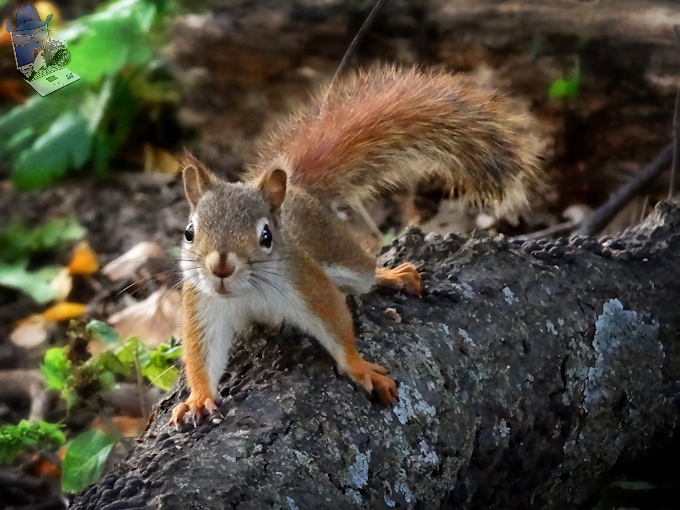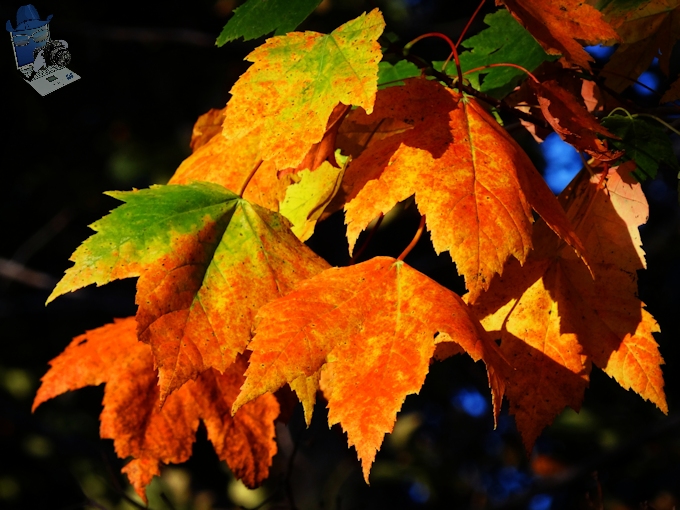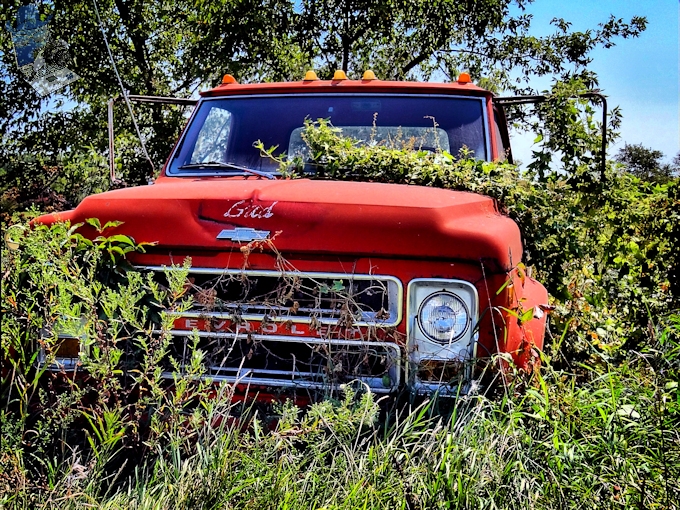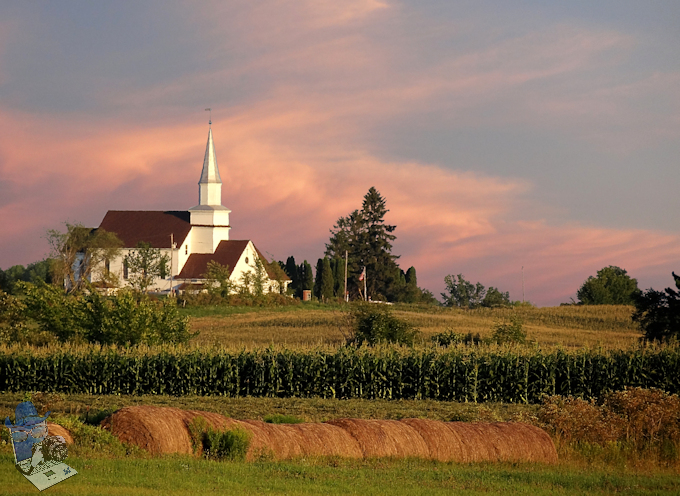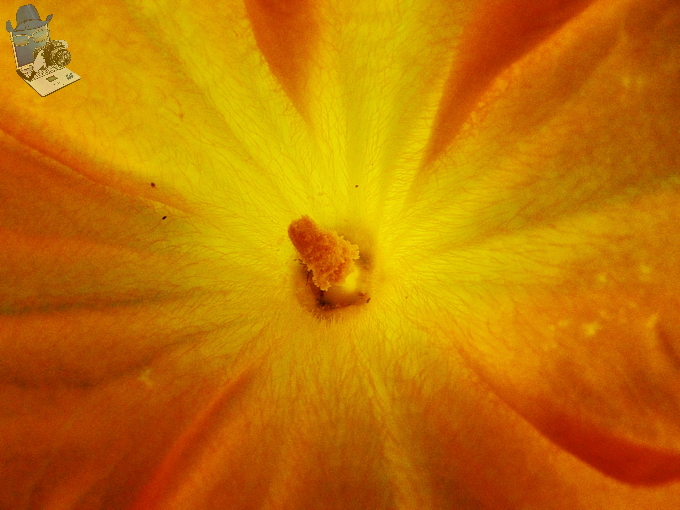While walking around the fields the other day, I noticed most of the wildflowers were gone. There were some black-eyed susans, a few stray daises, some asters and a few hawkweeds scattered around, although there is a lot of goldenrod around.
Goldenrod is often unfairly blamed for causing hay fever but the blame should be placed on ragweed instead, which blooms at the same time as the goldenrod. Goldenrod pollen is too heavy and sticky to be blown far from the flowers, and is thus mainly pollinated by insects and is attractive sources of nectar for bees, flies, wasps, and butterflies.
Thomas Edison made tires for his Model T ford that was given to him by his friend Henry Ford using rubber from the Goldenrod plant. Some Goldenrod species are used in making medicines. Its scientific name “Solidago” means to make whole or heal.
In the Midwest, it was said that when the goldenrod bloomed, it would soon be time to go back to school and it is a sure sign that the first frosts of winter are not long away.
And goldenrod is an international plant since there are a few species native to Mexico, South America, and Eurasia. Some American species have also been introduced into Europe and other parts of the world.
“International” Goldenrod
